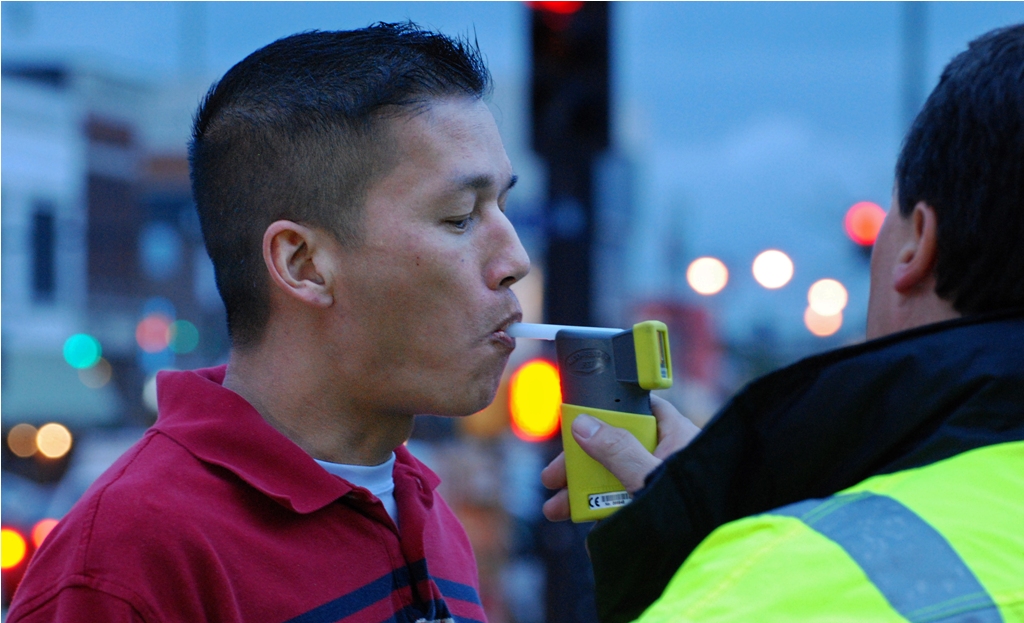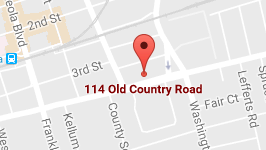Most people know that not every homicide is defined by the law as a murder and that murder and manslaughter are considered distinct crimes. Since different circumstances can lead to homicide for different reasons, the law in every state distinguishes several homicide charges and imposes different penalties for convictions. But for the investigators of a homicide, distinguishing between the different categories of homicide is frequently quite difficult.
Homicide cases are usually quite complicated, and a number of questions must be asked and answered. Witnesses must be interrogated, and timelines must be confirmed. Medical evidence and the cause of death are critical elements in a homicide case. It’s imperative for police and prosecutors to determine the appropriate charge because sentences are quite harsh for first-degree murder convictions and somewhat less harsh for involuntary manslaughter convictions.
Frankly, not all homicides are even crimes. Killing someone in self-defense is not a crime, although the person who did the killing may need to prove that he or she acted in self-defense. An entirely accidental death might be an involuntary manslaughter, or it might not be a crime at all, although suspects in such cases can usually be sued for negligent wrongful death in civil courts. When one person kills – or is responsible for the death of – another, the key element when prosecutors decide on the charge is the suspect’s state of mind. Was the killing planned and pre-meditated? If so, it’s probably first-degree murder.
HOW IS MURDER LEGALLY DEFINED?
Under the common law that the United States inherited from Great Britain – law established by custom, tradition, and previous court rulings rather than by legislation – murder is defined as an intentional killing that is unlawful (not legal and not legally justifiable) and carried out with “malice aforethought.” Malice aforethought exists if a defendant intends to kill someone without any legal justification.
However, malice aforethought isn’t necessarily limited to killings that are intentional. If a suspect inflicts serious bodily harm on someone and that bodily harm results in that person’s death, or if a suspect behaves with extreme and reckless disregard or with depraved indifference to human life, and if that behavior results in someone’s death, such actions can be legally considered malice aforethought.
Today, murder is defined more precisely by statute rather than common law, and the statutes spell out precise distinctions such as the difference between first-degree murder and second-degree murder. Even among those who kill with malice aforethought, the law considers some to be more criminally blameworthy and more dangerous than others. Although the precise details of the law may vary from state to state, first-degree murder is typically the charge when a killer has formed the intent to kill and has had an amount of time to reflect on the matter.
DOES FIRST-DEGREE MURDER COVER OTHER TYPES OF HOMICIDES?
First-degree murder is also the charge when a killing takes place during the commission of another felony such as an armed robbery or a kidnapping. In most states, even in a situation where the felon is not the killer, the felon can be charged with first-degree murder if death was a foreseeable result of the original felony. For example, if an arsonist torches a building and a firefighter is killed attempting to extinguish the fire, the arsonist can conceivably face a first-degree murder charge for the firefighter’s death.
When someone kills another person accidentally, the crime can be second-degree murder, involuntary manslaughter, or it might be no crime at all, such as an accidental traffic death.
Police and prosecutors determine the charge by evaluating how careless the defendant was – that is, by determining the defendant’s state of mind – which can be a difficult challenge. Second-degree murder happens when a defendant was aware of, but consciously disregarded, a risk that took another person’s life.
For a charge of involuntary manslaughter, the defendant must have acted with “criminal negligence” – reckless behavior that a reasonable person would have avoided. The charge does not require that the defendant appreciated the risk before acting recklessly. The problem, of course, is deciding a defendant’s state of mind at the time of a reckless act. Courts and juries are inevitably left to rely on what the circumstances reveal and on their own impressions.
WHAT HOMICIDE CHARGES ARE AVAILABLE TO NEW YORK PROSECUTORS?
Murder is one of the most severely punished crimes in the state of New York. Anyone convicted of first-degree murder or certain second-degree murders in New York could face the death penalty, life without parole, or 15 to 25 years in prison. Obviously, anyone facing a murder charge or any homicide charge in the New York City-Long Island area will need high-quality defense representation from an experienced Long Island criminal defense attorney. New York state law actually recognizes a variety of homicide charges – eight, in fact – including:
- First-degree murder
- Second-degree murder
- Criminally negligent homicide: This is the charge if someone’s recklessness, carelessness, or indifference leads to someone else’s death.
- Aggravated criminally negligent homicide: This is the charge when someone’s carelessness, recklessness, or indifference leads to the death of a law enforcement officer while that officer is performing official duties.
- First-degree vehicular manslaughter: This is the charge if someone causes another person’s death while breaking a traffic law or while driving under the influence of alcohol or drugs with a suspended or revoked driver’s license.
- Second-degree vehicular manslaughter: This is the charge if someone unintentionally causes the death of another while violating a traffic law or while driving under the influence of alcohol or drugs.
- First-degree manslaughter: This is the charge if someone unintentionally causes the death of another person when injuring that person was the only intention, and it’s also the charge if someone is killed accidentally during the attempted murder of a third person.
- Second-degree manslaughter is the charge if someone causes a death while committing another crime. A second-degree manslaughter charge additionally means the prosecutor believes the killing was not malicious or premeditated.
If you become the target of a homicide investigation in the state of New York, or if you are charged with any homicide, do not answer any questions from police officers or prosecutors before consulting with an experienced Long Island criminal defense attorney. Don’t try to act as your own defense attorney – nothing is more serious in the criminal justice system than a homicide charge.















Comments are closed.